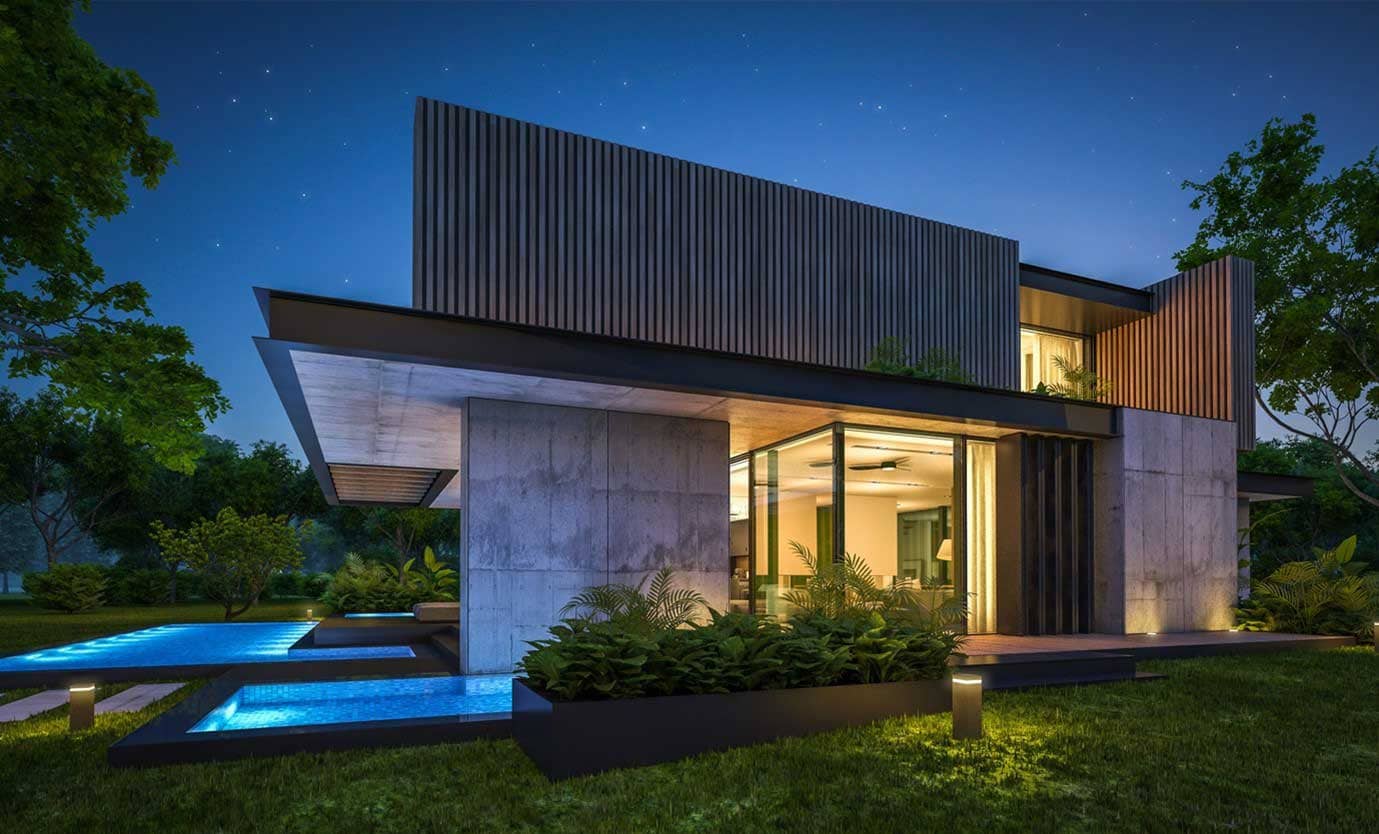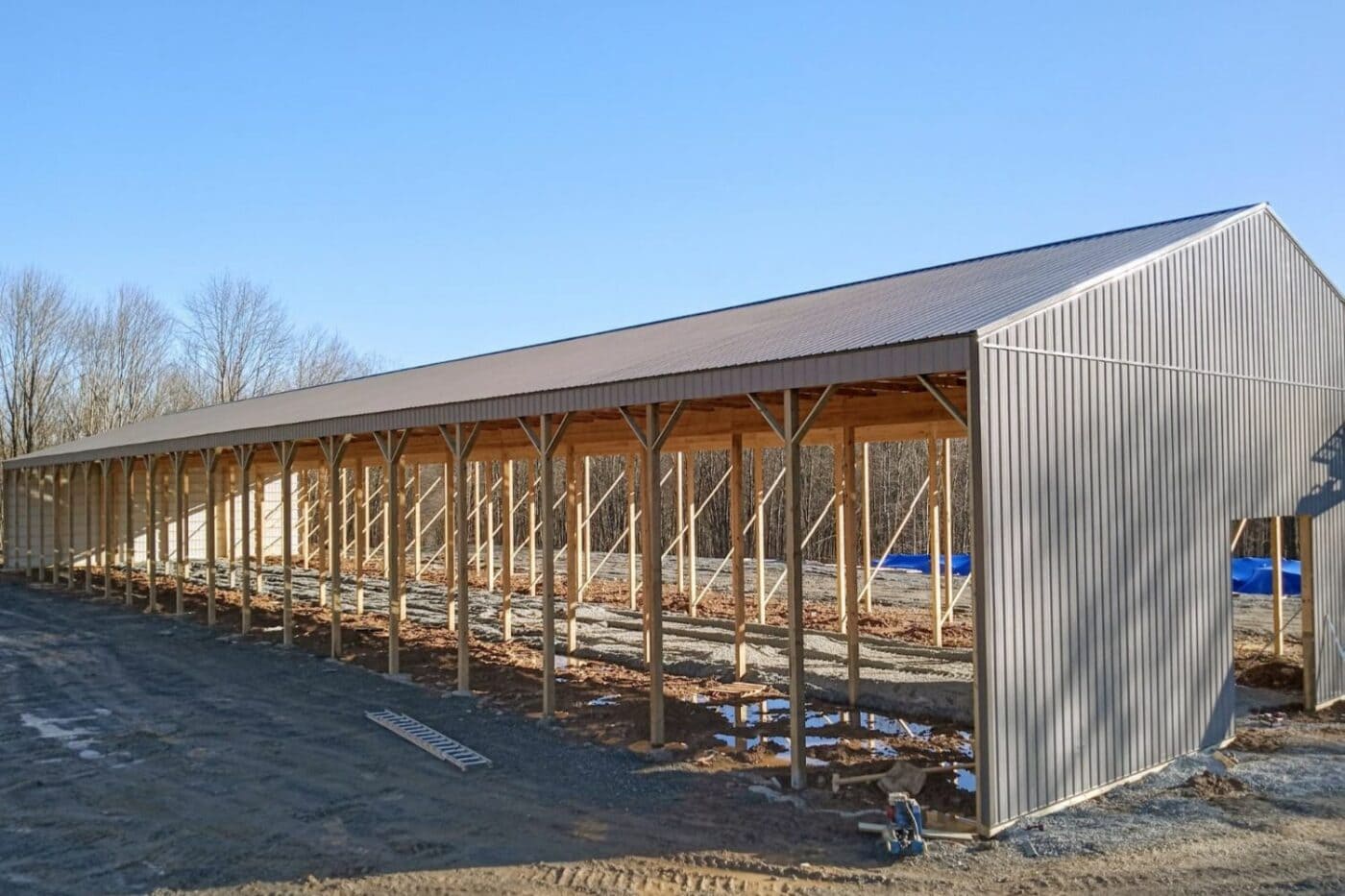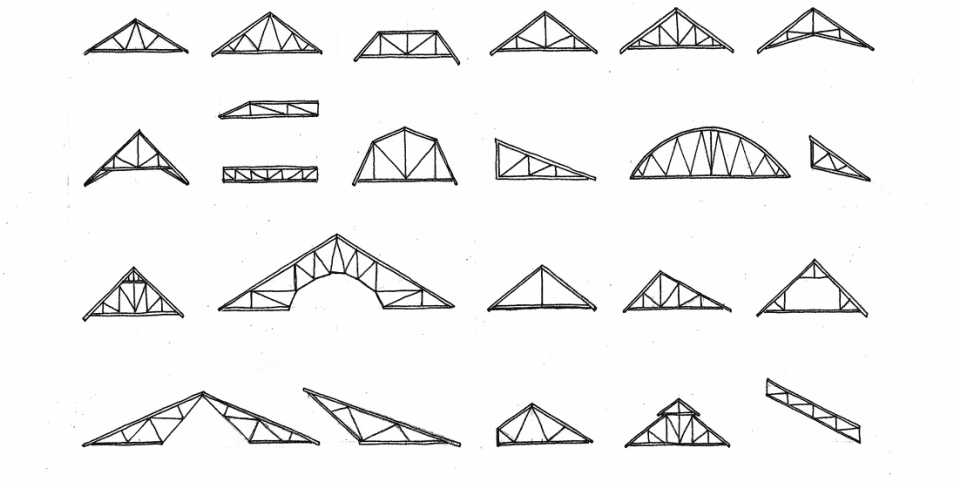Introduction:
Plumbing installation in exterior 2×4 walls poses unique challenges that require careful planning and execution. As the backbone of any building’s infrastructure, plumbing systems play a critical role in ensuring the functionality and efficiency of a structure. In this comprehensive guide, we will explore the considerations, best practices, and potential solutions for plumbing within exterior 2×4 walls.
Understanding the Space Limitations:
One of the primary challenges of plumbing within a 2×4 wall is the limited space available. Unlike interior walls, exterior walls often house insulation, sheathing, and other elements that reduce the available cavity space for plumbing lines. This constraint demands a thoughtful approach to maximize efficiency while maintaining the structural integrity and insulation performance of the wall.
Choosing the Right Materials:
Selecting the appropriate materials is crucial when dealing with exterior plumbing in 2×4 walls. Pipes and fittings must be durable, resistant to external elements, and capable of withstanding temperature variations. Copper and PEX (cross-linked polyethylene) are popular choices due to their corrosion resistance and flexibility, making them well-suited for navigating the confined spaces within exterior walls.
Plan for Insulation:
Maintaining energy efficiency in a building is paramount, and this includes insulating exterior walls. When planning plumbing in 2×4 walls, it’s essential to consider the insulation requirements. Proper insulation prevents pipes from freezing in colder climates and helps regulate temperature, minimizing the risk of condensation and mold growth.
Routing Considerations:
Careful routing of plumbing lines is crucial to avoid interference with structural elements, electrical wiring, and insulation. A detailed plan should be developed to determine the optimal path for pipes, factoring in the locations of windows, doors, and other openings. This not only ensures a functional plumbing system but also simplifies future maintenance and repairs.
Waterproofing and Moisture Management:
Exterior walls are exposed to the elements, making waterproofing and moisture management critical aspects of plumbing installation. Sealant and waterproof membranes should be applied meticulously to prevent water infiltration. Additionally, installing moisture barriers and choosing moisture-resistant materials can safeguard the integrity of the plumbing system and the overall structure.
Meeting Building Codes and Regulations:
Adherence to local building codes and regulations is non-negotiable when installing plumbing in exterior 2×4 walls. Compliance ensures the safety and functionality of the plumbing system while avoiding potential legal issues. Professionals must be well-versed in regional codes to guarantee that the installation meets all necessary standards.
Innovative Solutions for Space Constraints:
To address the spatial limitations within 2×4 walls, innovative plumbing solutions have emerged. Compact and flexible designs, such as in-wall tankless water heaters and concealed plumbing fixtures, allow for more efficient use of space without compromising functionality.
Conclusion:
Plumbing within exterior 2×4 walls demands a strategic and detail-oriented approach. From material selection and insulation considerations to routing and waterproofing, every aspect plays a crucial role in ensuring a reliable and efficient plumbing system. By carefully navigating the challenges posed by limited space and environmental exposure, professionals can create durable and code-compliant installations that contribute to the overall success of the building project.





